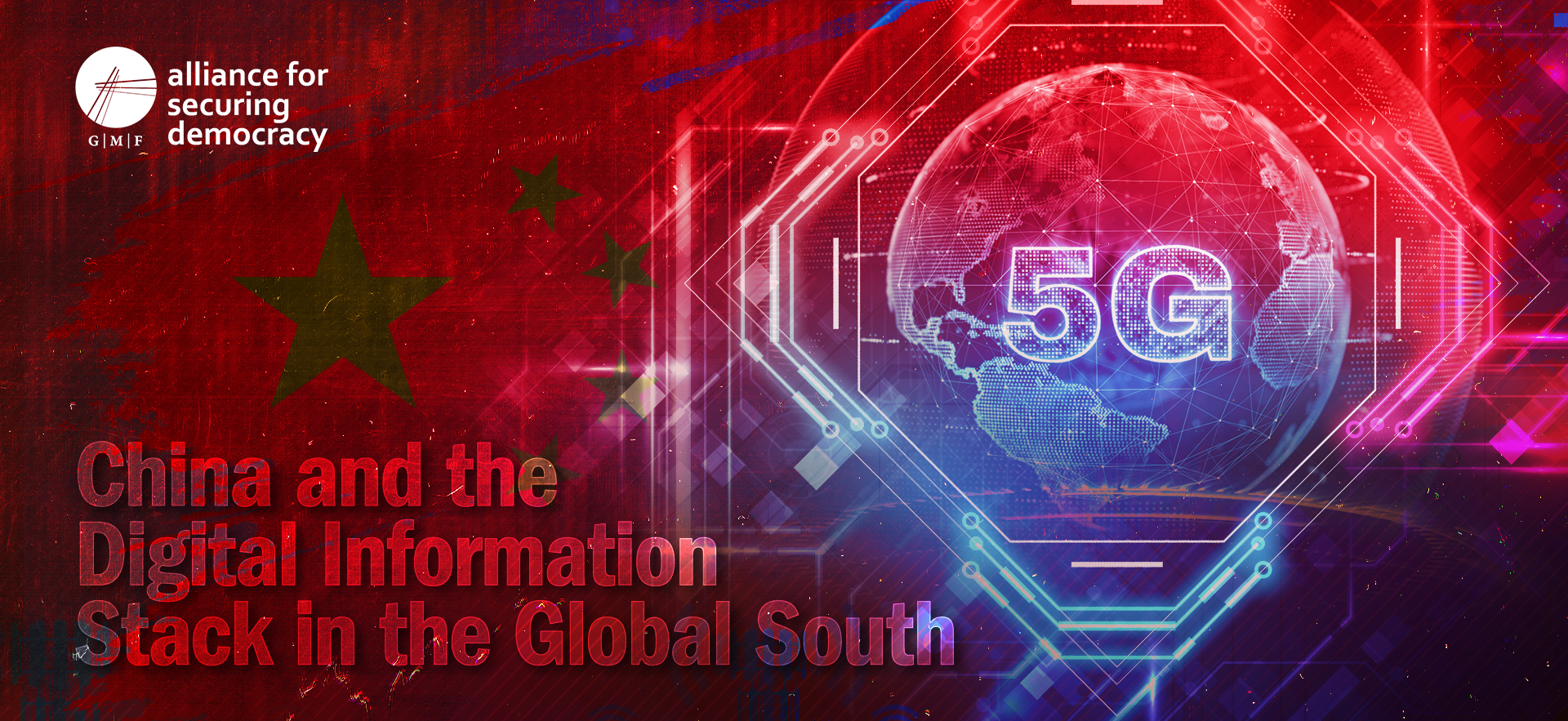Pacific island nations recently rejected a deal that would, in part, further integrate their technological infrastructure and information systems with China. Despite the failure of this sweeping trade and security communique, China continues to deepen ties in the region with numerous bilateral agreements and a first in the region security pact signed with the Solomon Islands.
In addition to clear security interests at play, China’s moves in the region reflect its full court use of the digital information stack to achieve its geopolitical aims.
The Alliance for Securing Democracy, in partnership with the International Republican Institute, is out with a new report, China and the Digital Information Stack in the Global South, that takes a deep dive into how the PRC party-state uses its digital information operations to make the world less hospitable for democracy and more welcoming for autocracy.
The authors track and analyze how China leverages the digital stack, which they define as five distinct, yet mutually reinforcing, layers: network infrastructure, devices, applications, content, and governance.
- The network infrastructure layer is key to the control of digital information ecosystems and includes (but is not limited to) satellites, undersea cables, telecommunications equipment, data centers, and other hard infrastructure components that enable China’s digital information operations.
- The device layer refers to the physical devices used by individuals or institutions to access the internet — including mobile phones, tablets, computers, and personal devices like smartwatches — as well as devices comprising the so-called “internet of things” (IoT).
- The application layer encompasses social media platforms like TikTok and WeChat, as well as the software that manages big data suite services and IoT components.
- The content layer consists of the messages and narratives that are promoted by the PRC government, CCP, and state-affiliated and state-backed media to burnish the image of China globally while silencing democratic voices that critique the PRC party-state.
- The governance layer provides China with a tool to carry out its repression and influence abroad by shaping global technology governance to be more hospitable to its authoritarian digital model.
The report highlights five case studies across the Global South in Southeast Asia, Sub-Saharan Africa, and the Caribbean to detail how Chinese state-owned and private companies are involved in the countries’ digital information stacks.
Read the full report here: https://securingdemocracy.gmfus.org/china-digital-stack/




